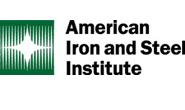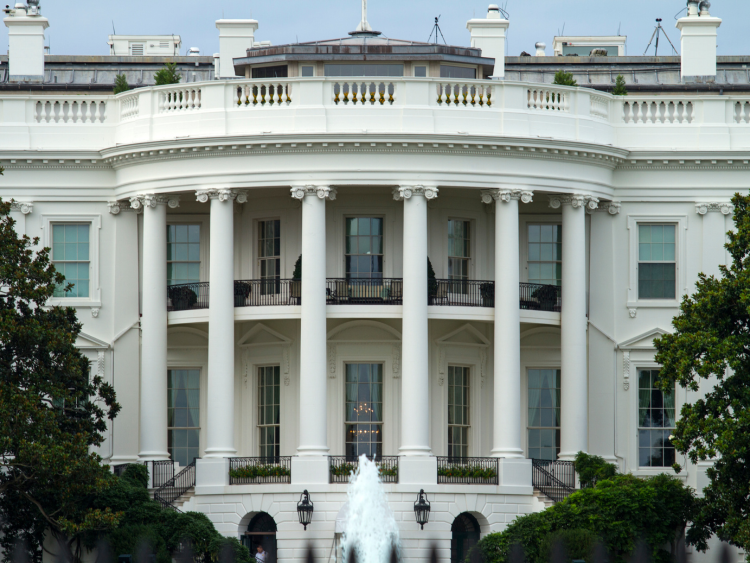Environment and Energy

AISI releases environmental rules for N. American steel construction products
Written by Ethan Bernard
April 15, 2025
The American Iron and Steel Institute (AISI) has published the third version of the Product Category Rules (PCR) for North American Steel Construction Products.
The PCR was made to provide “prescriptive rules and guidelines on the development of Environmental Product Declarations (EPDs) for certain types of steel products,” according to an AISI release on Monday.
“Our goal is to ensure that EPDs for steel products are comprehensive and consistent in their reporting of environmental impacts,” AISI President and CEO Kevin Dempsey said in the release.
The EPDs cover the carbon footprint, but there are also a number of other environmental impact categories included.
AISI said the guidelines “were developed over the course of more than a year through a committee structure.”
It was made up of nearly 30 participants from industry, consulting, academia, government agencies and others — including many AISI members, according to the association.
AISI said it sponsored and served as a technical lead in the development of the new version, published under Program Operator Smart EPD.
The updated version “supersedes previous iterations” and is valid for five years. The full publication can be found here.
Incentive
As for the incentive for getting an EPD, Tyler Hengen, director of sustainability and environment for AISI, cited two primary reasons to SMU.
“One would be that, for example, an engineering firm could require EPDs for products going into a building,” he said. “Also, many governmental programs and independent standards use EPDs both for threshold-setting as well as for demonstrating compliance.”
Another reason would be beyond any requirement, Hengen added.
“It’s also a strong marketing tool, especially for the domestic industry, to be able to say, ‘These are our emissions,’” he noted. “It can give a comparison of what the carbon footprint can be for a domestic product vs. a product made elsewhere.”

Ethan Bernard
Read more from Ethan BernardLatest in Environment and Energy

Reports: Federal funding for Cliffs’ project could be slashed
Elon Musk's DOGE is determining which Department of Energy grants to advance and which ones to terminate, according to several media outlets

Flack’s Fabral launches solar division
The metal roofing manufacturer is launching Fabral Solar to integrate solar technology within commercial, residential, and agricultural structures.

Trump intends to declare ‘national energy emergency,’ focus on fossil fuels
The incoming administration said it also wants to streamline permitting and roll back regulations.

Nucor carbon targets certified by GSCC
Nucor’s “ambitious” carbon targets by the end of the decade and beyond have been certified by the Global Steel Climate Council (GSCC). The Charlotte, N.C.-based steelmaker used a base year of 2023 for its science-based emissions targets (SBET). It set an SBET of 0.975 metric tons (mt) of CO2 emissions per mt of hot-rolled steel […]
